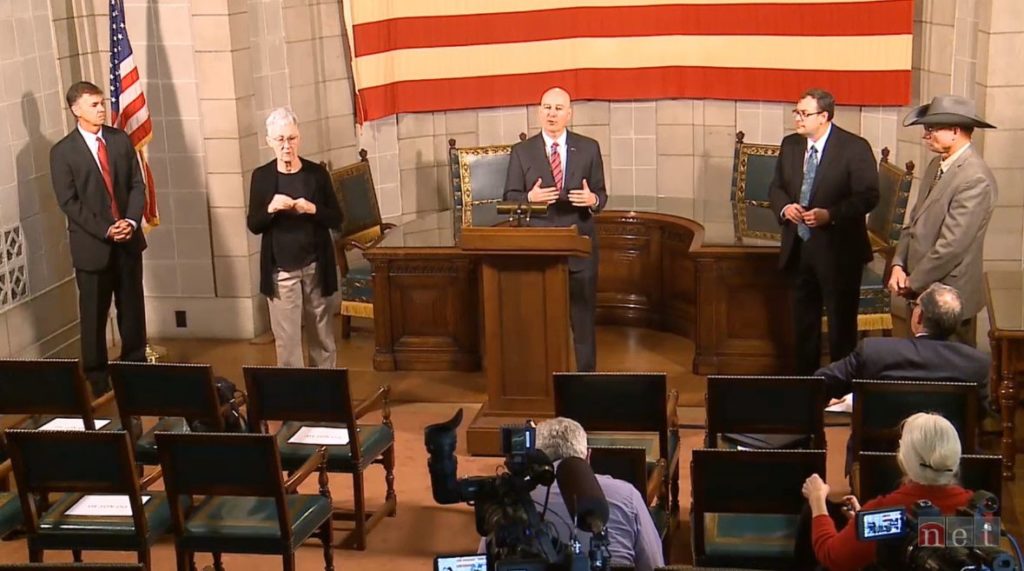
Charles R. Goulding and Preeti Sulibhavi examine 3D printing initiatives in a major steel firm that showed great promise throughout 2020.
Nucor Corporation has become America’s largest steel company by constantly innovating. Nucor had almost $23 billion in sales for 2019 and they are America’s largest steel producer, largest mini mill owner and largest steel recycler. The company’s commitment to innovation is evident by reviewing Nucor’s 2020 3D printing initiatives.
First, when the government of Washington State asked manufacturers to step in and turn their capabilities into resources for battling the COVID-19 pandemic, Nucor Steel in West Seattle answered the call. In April, Nucor engineers made National Institutes of Health (NIH) approved face shields using Nucor-owned, and some personal employee, 3D printers. The Nucor team made a difference and used 3D printing to do it.
Then, in August, Nucor received a $40,000 grant to fund 3D printing education programs for local schools in Norfolk, Nebraska. Nucor specifically received the Developing Youth Talent Initiative (DYTI) grant (for the second time) to connect seventh and eighth graders to future careers in manufacturing, information technology, engineering, healthcare and other STEM-related disciplines.

In October, Nucor broke ground on a $1.7 billion steel plate manufacturing plant in Bradenburg, Kentucky, when it is anticipated to open in 2022. The plant is expected to have 400 employees across the 1.5 million-square-foot facility. First announcing its plans to build the state-of-the-art facility in 2019, Nucor will add to its already 2,000 employees in Kentucky as well as its more than 26,000 employees in North America across its 300 facilities.

Companies engaged in 3D printing activities and developments are eligible for Federal and some state tax incentives such as the Research and Development (R&D) tax credit.
The Research & Development Tax Credit
Whether it’s used for creating and testing prototypes or for final production, 3D printing is a great indicator that R&D Credit eligible activities are taking place. Companies implementing this technology at any point should consider taking advantage of R&D Tax Credits.
Enacted in 1981, the now permanent Federal Research and Development (R&D) Tax Credit allows a credit that typically ranges from 4%-7% of eligible spending for new and improved products and processes. Qualified research must meet the following four criteria:
- Must be technological in nature
- Must be a component of the taxpayer’s business
- Must represent R&D in the experimental sense and generally includes all such costs related to the development or improvement of a product or process
- Must eliminate uncertainty through a process of experimentation that considers one or more alternatives
Eligible costs include US employee wages, cost of supplies consumed in the R&D process, cost of pre-production testing, US contract research expenses, and certain costs associated with developing a patent.
On December 18, 2015, President Obama signed the PATH Act, making the R&D Tax Credit permanent. Since 2016, the R&D credit has been used to offset Alternative Minimum Tax (AMT) for companies with revenue below $50MM and, startup businesses can obtain up to $250,000 per year in payroll tax cash rebates.
Conclusion
Sometimes the best way to move forward is to look for inspiration. Nucor has certainly used 3D printing several times in 2020 to innovate and improve its surrounding community. Other companies can now find inspiration in Nucor’s movements in 2020 and forge their own paths.
